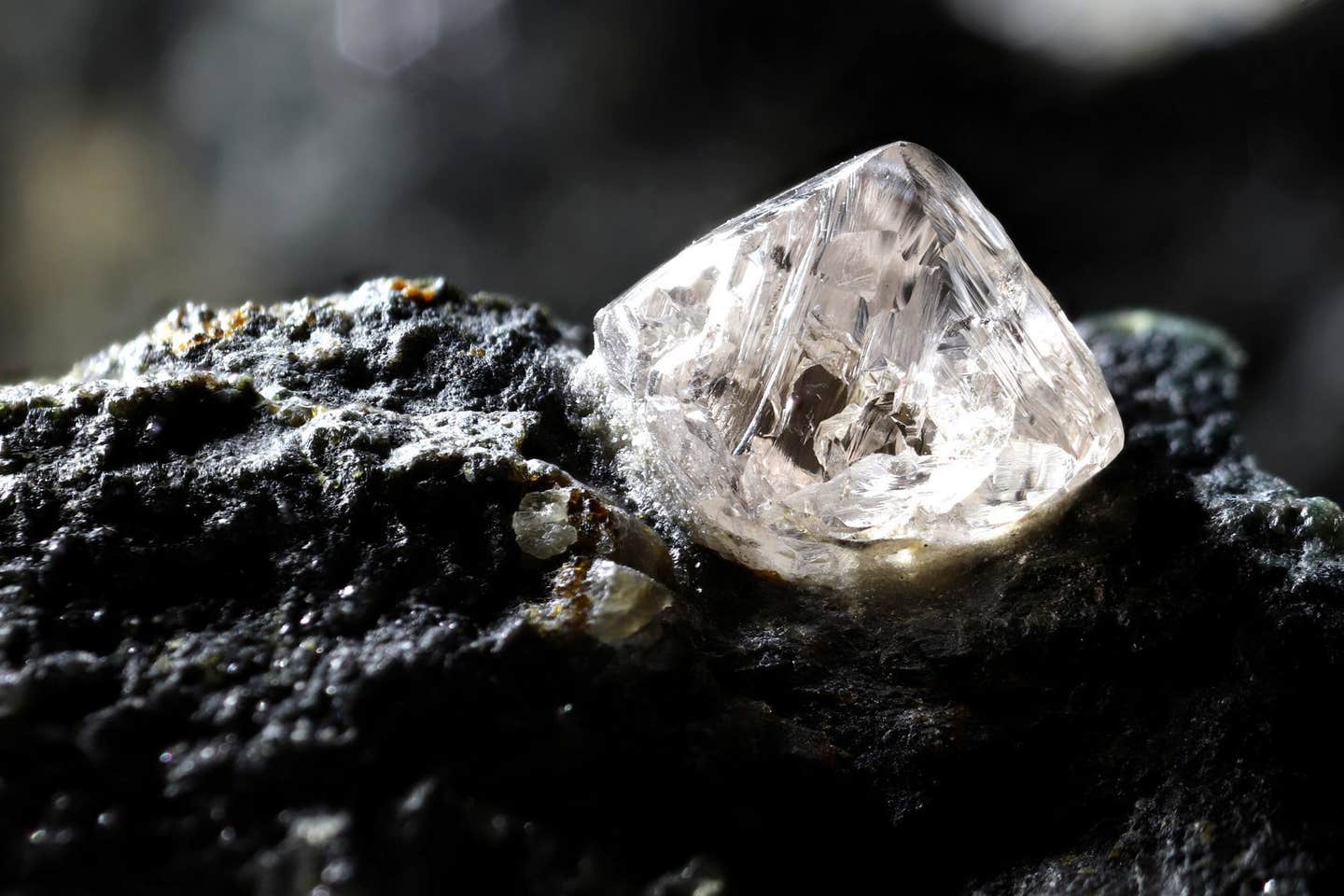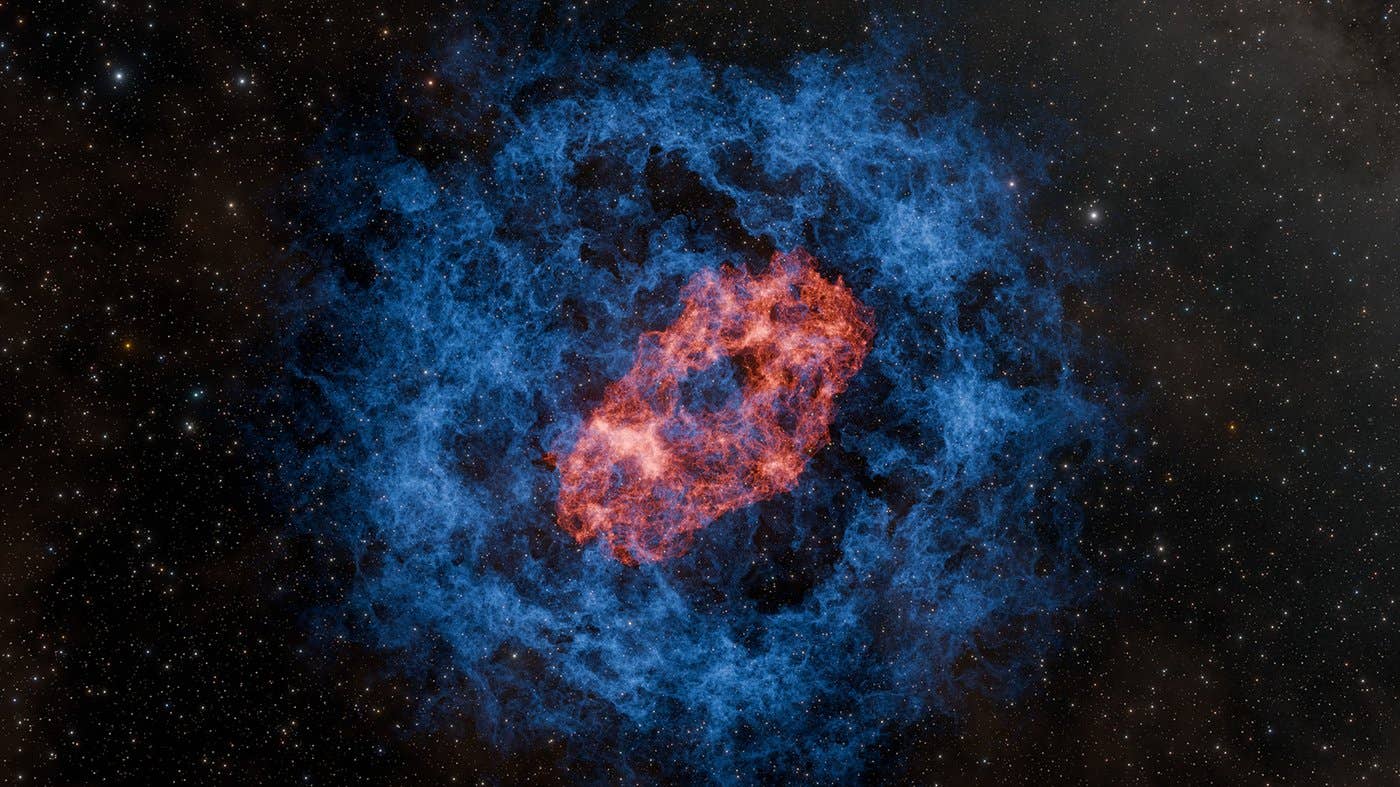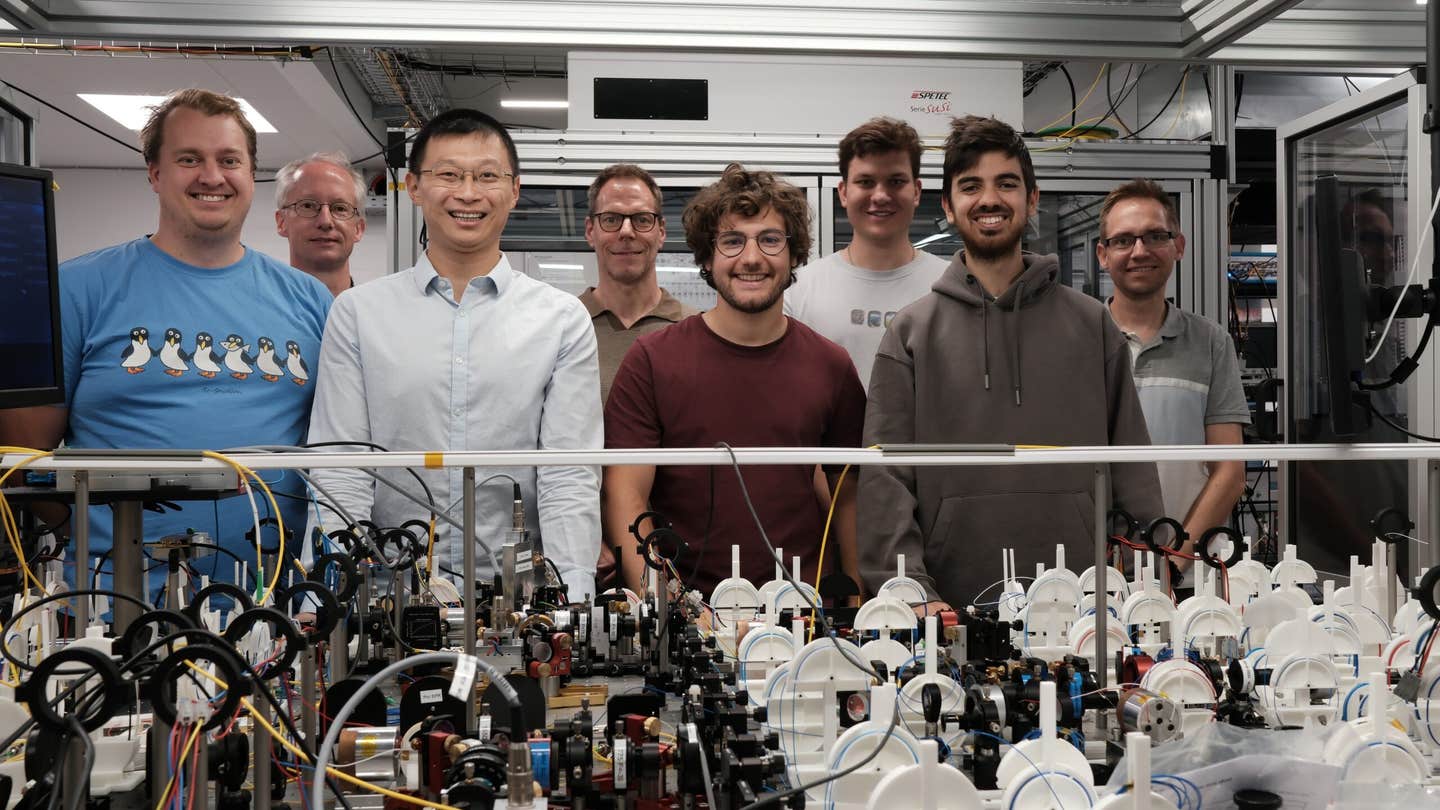Supercomputers predict the existence of even harder ‘Super Diamonds’ on alien planets
Diamond is renowned for its unparalleled strength, but another form of carbon that could potentially surpass it in toughness.

Diamond is renowned for its unparalleled strength, but another form of carbon that could potentially surpass it in toughness. (CREDIT: Creative Commons)
Diamond is renowned for its unparalleled strength, but scientists have long speculated about another form of carbon that could potentially surpass it in toughness. This elusive material, known as the eight-atom body-centered cubic (BC8) crystal, has been predicted to exhibit even greater resistance to compression than diamond. However, the challenge lies in creating it here on Earth.
BC8, while distinct from diamond, shares many similarities with it. Predicted to be 30% stronger than diamond, BC8 could be considered a super-diamond if it could be produced under normal conditions. Theoretically, BC8 is deemed the most stable phase of carbon under immense pressures exceeding 10 million atmospheres.
"The BC8 phase of carbon at ambient conditions would be a new super-hard material that would likely be tougher than diamond," explained Ivan Oleynik, a physics professor at the University of South Florida (USF).
Supercomputer simulations predicting the synthesis pathways for the elusive BC8 "super-diamond", involving shock compressions of diamond precursor, inspire ongoing Discovery Science experiments at NIF. (CREDIT: Mark Meamber/LLNL)
Despite extensive efforts to synthesize BC8, including previous campaigns at the National Ignition Facility (NIF), it has remained elusive. However, scientists believe it may exist within carbon-rich exoplanets.
Recent observations of carbon-rich exoplanets suggest the plausibility of BC8's presence. These planets, with significant mass, experience immense pressures in their interiors, potentially giving rise to structures like diamond and BC8.
"An in-depth understanding of the properties of the BC8 carbon phase becomes critical for the development of accurate interior models of these exoplanets," Oleynik added.
Related Stories
BC8 is a high-pressure phase also observed in silicon and germanium, and theoretical predictions suggest it should be stable under ambient conditions.
According to Jon Eggert, a scientist at Lawrence Livermore National Laboratory (LLNL), the tetrahedral shape of BC8's nearest-neighbor atoms, akin to diamond, contributes to its potential toughness.
"Unlike diamond, BC8 lacks cleavage planes, making it likely much tougher," Eggert noted.
Graphical abstract: Diamond possesses exceptional physical properties due to its remarkably strong carbon–carbon bonding, leading to significant resilience to structural transformations at very high pressures and temperatures. (CREDIT: Physical Chemistry Letters)
Through extensive simulations on the Frontier supercomputer, the team revealed diamond's extreme metastability at high pressures, exceeding its thermodynamic stability range. This breakthrough was facilitated by a precise machine-learning interatomic potential that accurately describes atom interactions at extreme conditions.
"By implementing this potential on GPU-based Frontier, we can simulate billions of carbon atoms under extreme conditions, predicting that the post-diamond BC8 phase would only be accessible within a narrow high-pressure, high-temperature range," Oleynik explained.
The Mohs hardness scale is used to rank the hardness of minerals and gemstones, as well as everyday objects. These 10 minerals are always included in the hardness test. (CREDIT: NATIONAL PARK SERVICE)
This discovery sheds light on why previous experiments failed to synthesize BC8, as it can only be achieved within a narrow range of conditions. Additionally, the study outlines viable compression pathways to access this domain where BC8 synthesis becomes achievable.
The team is now collaborating to explore these pathways using Discovery Science shot allocations on NIF, with the ultimate goal of synthesizing BC8 in the laboratory and recovering it to ambient conditions.
For more science news stories check out our New Innovations section at The Brighter Side of News.
Note: Materials provided above by The Brighter Side of News. Content may be edited for style and length.
Like these kind of feel good stories? Get the Brighter Side of News' newsletter.



